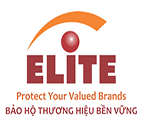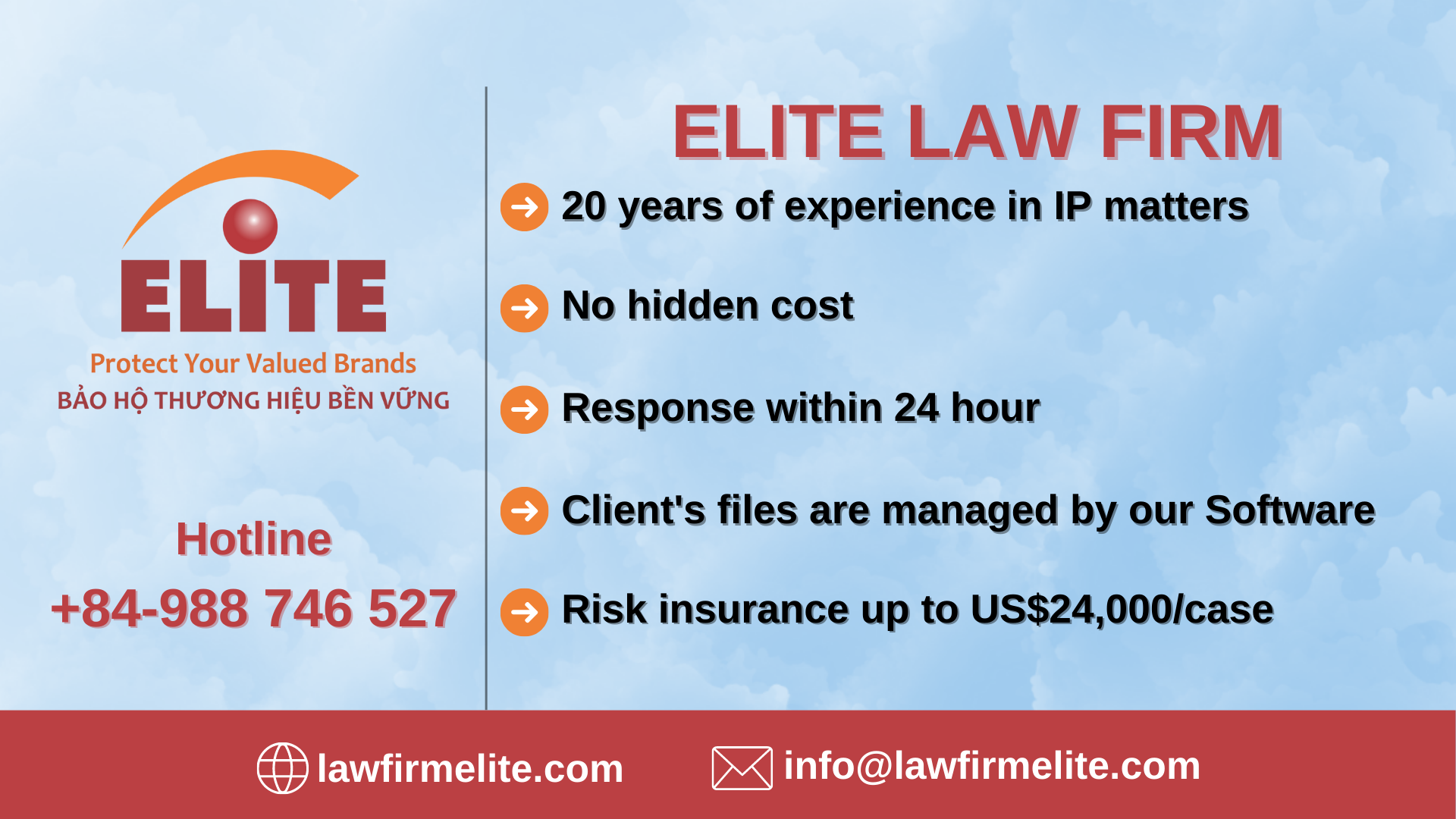On June 26, 2015, the Minister of Ministry of Science and Technology (MOST) signed and issued Circular No. 11/2015/TT-BKHCN (“Circular 11”) on detailing and guiding the implementation of a number of articles of the Government’s Decree No. 99/2013/ND-CP of August 19, 2013 (Decree 99) on sanctioning of administrative violations in the field of industrial property. Circular 11 took effect on August 11, 2015, and replaced Circular No. 37/2011/TT-BKHCN, dated December 27, 2011, of the Minister of MOST (which guides how to implement of a number of articles of the Government’s Decree No. 97/2010/ND-CP of September 21, 2010 on sanctioning of administrative violations in the field of industrial property (Circular 37), which was replaced by Decree No. 99/2013/ND-CP).
Please see below for a brief summary of the Circular:
I. LAYOUT OF CIRCULAR 11
– Circular 11 consists of 4 chapters and 32 articles:
– Chapter I – General provisions: 6 articles (Articles 1–6)
– Chapter II – Infringement acts over industrial property rights: 15 articles (Articles 7–21)
– Chapter III – Procedures for handling infringement acts: 9 articles (Articles 22–30)
– Chapter IV – Organization of implementation: 2 articles (Articles 31 and 32)
II. NEW CONTENTS OF CIRCULAR 11 COMPARED WITH THE PREVIOUS CIRCULAR (CIRCULAR 37)
1. Individual business households are defined as individuals and shall be subject to a maximum fine of 250 million VND (about US $11,500)
Under Article 2.2 of Circular 11, individual business households (or Business Units) (that were established and that operate under the regulations of business registration law of Vietnam) are defined as individuals. Thus, an individual business household that commits acts of administrative violations in the field of IP shall be subject to a maximum fine of 250 million VND (about US $11,500) under Decree 99.
2. Individuals or organizations who commit acts of administrative violations in the field of IP shall bear all costs for remedy as a consequence of their violation acts.
Under Article 4.5 of Circular 11, individuals or organizations who commit acts of administrative violations in the field of IP shall bear, as a consequence of their infringement/violation acts, all costs for remedy such as cost for destruction of infringing goods.
3. A formula for determining the value of infringing goods/services
Accordingly, the determination of the total value of infringing goods and services at the time of administrative violations stipulated in Chapter II of Decree 99 shall be calculated by the following formula (under Article 5.1):
The total value of infringing goods or services equals (=) the quantity of infringing goods or mass infringing services multiplied by (x) prices of goods/services at the time of administrative violation.
4. Violations by IP agents
Under Article 9 of Circular 11, the following acts shall be considered violations by IP agents, and violators shall be held liable for such acts and shall be subject to pay a fine of up to 40 million VND (about US 1,900):
a) Providing inaccurate information (about the legal status of protected IP registrations/certificates, applications for registration of industrial property, applications for handling violation acts and other documents in the process of establishing, examining and enforcing IP rights) that affects the rights and legitimate interests of the IP owner;
b) Sending official letters relating to establishment and protection of IP rights without legal grounds in order to slow down the process of settlement of the competent authority, causing material and spiritual damage to the IP owners and other related benefit persons;
c) Performing or improperly performing the duties of an IP attorney;
d) Hiring or leasing IP agent certificates.
5. Acts of infringement of IP rights on the Internet
Under Circular 11 (Article 10), the following acts shall be considered violations, and violators will be subject to fines under Articles 10, 11 and 12 of Decree 99:
e) Infringing/violation acts that occur on the Internet and are targeted at Vietnamese consumers or persons using the Internet in Vietnam;
f) Owners of country code top-level domains (ccTLDs, with domain names ending in “.vn”) who hire other organizations or individuals to commit infringing acts that occur on the Internet and are targeted at Vietnamese consumers or persons using the Internet in Vietnam.
6. Determining infringing elements over famous/well-known trademarks:
The Circular 11 (Article 13.3) lays out factors for determining infringement of famous/well-known trademarks, namely:
a) Where the use of a sign that is identical or similar to a well-known mark or a sign in a form of translation, transliteration from a well-known mark for any goods and services, including any goods or services that are not identical, similar and unrelated to the goods and services under the list of goods or services bearing the well-known mark. In this case, the IP enforcement authority must assess the possibility of confusion about the origin of goods or services or about the relationship between who used the sign and the owner of a well-known mark;
b) Where the use of a sign that is identical or similar to a well-known mark as defined in point a) above is not likely to cause confusion about the origin of goods and services but gives a misleading impression to consumers about the relationship between a user of that sign and the owners of a well-known mark (an act that is also considered IP infringement).
c) When filing a petition for handling violations/infringement of a well-known mark, the rights holder must provide evidence to prove that his/her trademark has been well known in Vietnam according to the criteria of well-known marks stipulated in IP Law of Vietnam (Article 75), regardless of whether this trademark has been registered for protection in Vietnam;
d) Before conducting procedures for handling violation/infringement, the competent IP enforcement authority (based on the criteria of well-known marks stipulated in IP Law of Vietnam (Article 75)) must consider and evaluate whether a trademark can be considered well-known in Vietnam or not. The competent IP enforcement authority can exchange expertise with the National Office of Intellectual Property (NOIP) and/or consult an Advisory Board.
In the case of a well-known mark in Vietnam that is recognized under civil proceedings or decisions of the NOIP, the competent IP enforcement authority may consider relevant documents to evaluate whether the mark will be recognized as well known in Vietnam if the recognition of the well-known mark by the agencies mentioned above at the time of request for handling violation/infringement is still valid.
7. Acts of reuse, repair or recycling of products and packaging that infringe IP
Under Article 20 of Circular 11, cases where organizations and individuals who reuse, repair or recycle products and packaging products bearing trademarks, trade names or geographical indications that are marketed by the IP owner to create other products also are considered infringement of industrial property rights or acts of unfair competition if such use causes confusion for consumers about the origin of the product trade, business subjects, operations business or characteristics of the product according to the relevant provisions of infringements of industrial property rights and acts of unfair competition.
8. Business facilities
Business facilities shall be construed as any materials containing protected IP rights or protected commercial indications and used to serve business operations (such as electronic information page/website, document descriptions, business cards, vehicles and objects, decorated in a business unit).
By Nguyen Tran Tuyen (ELITE LAW FIRM)










